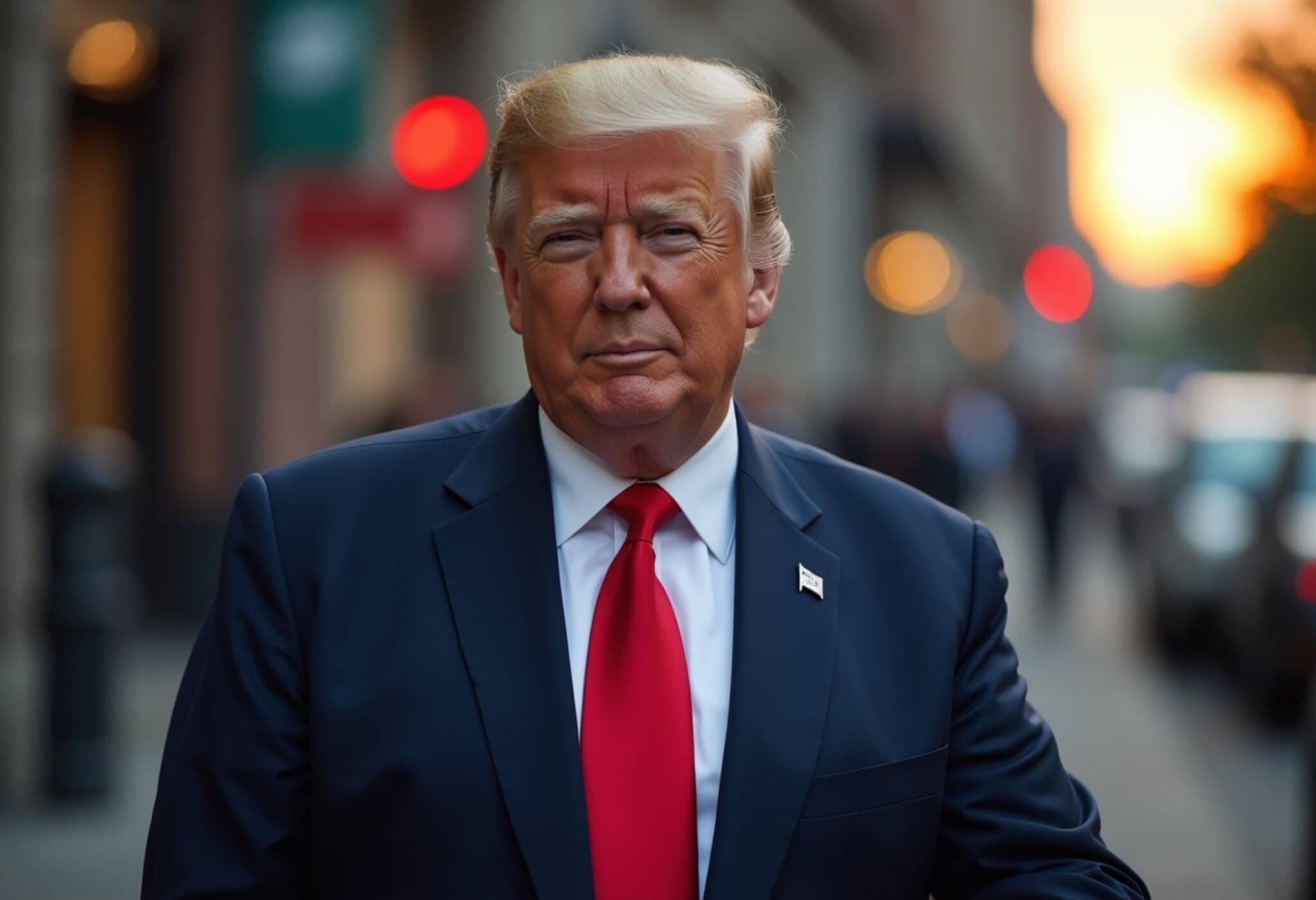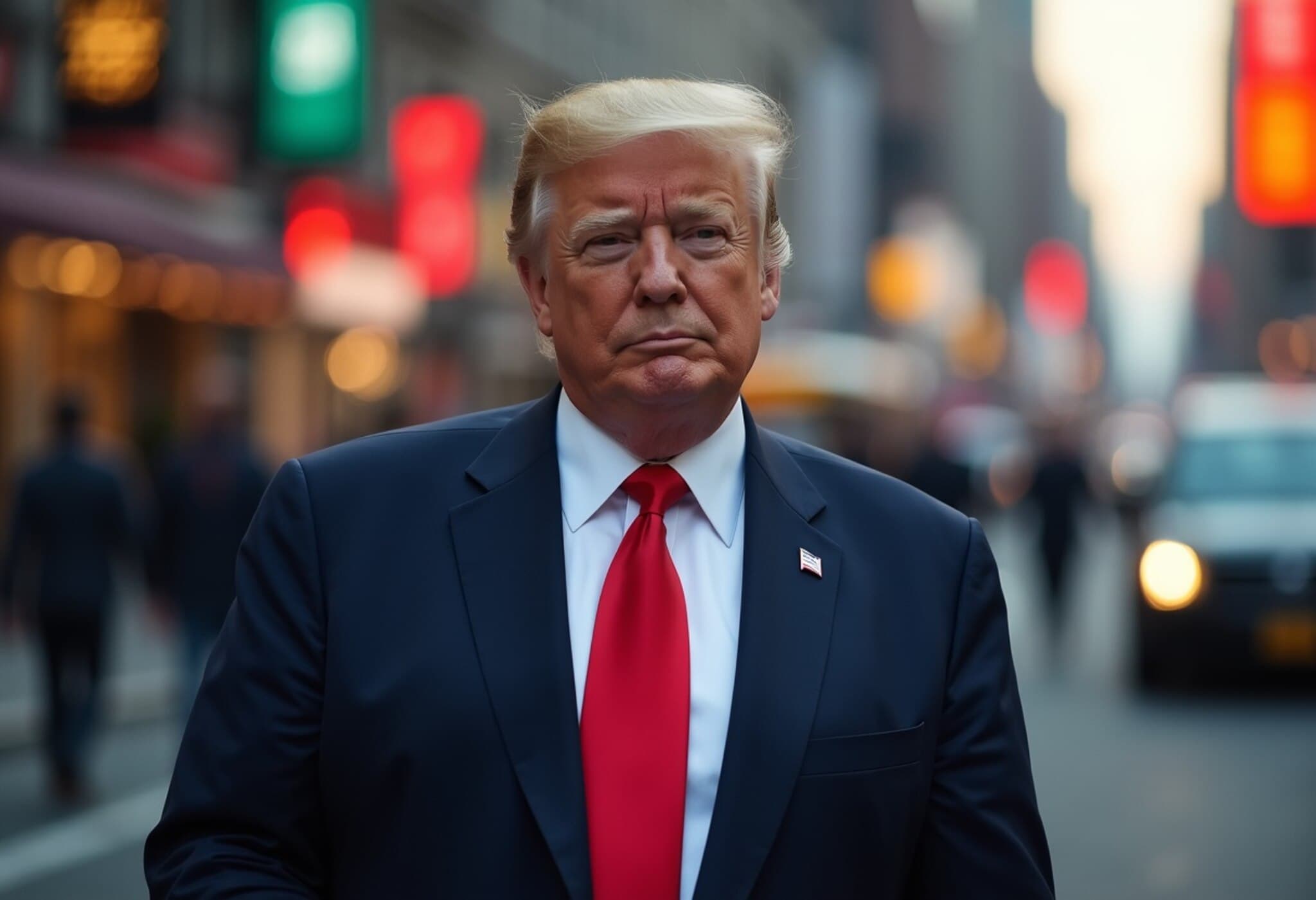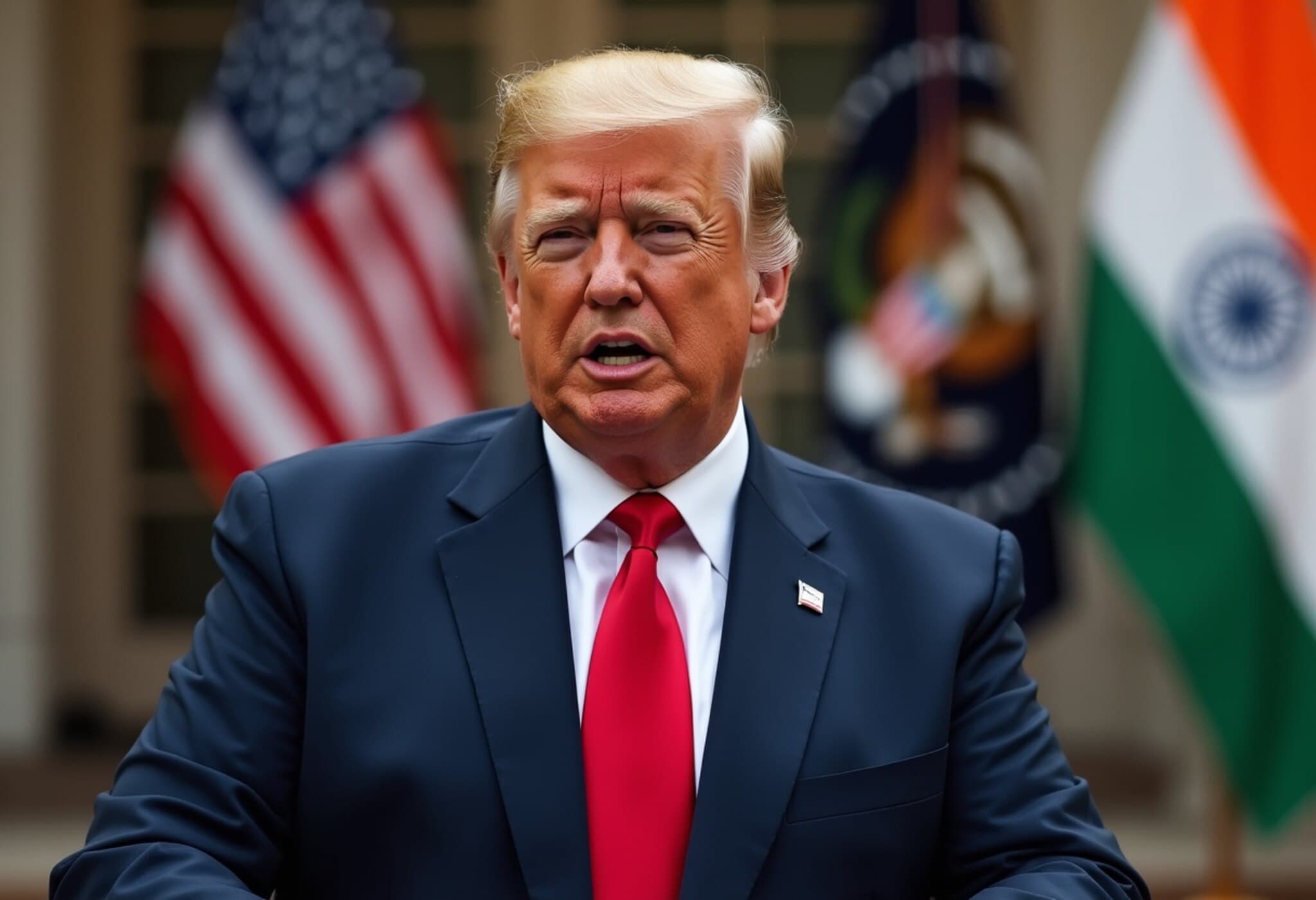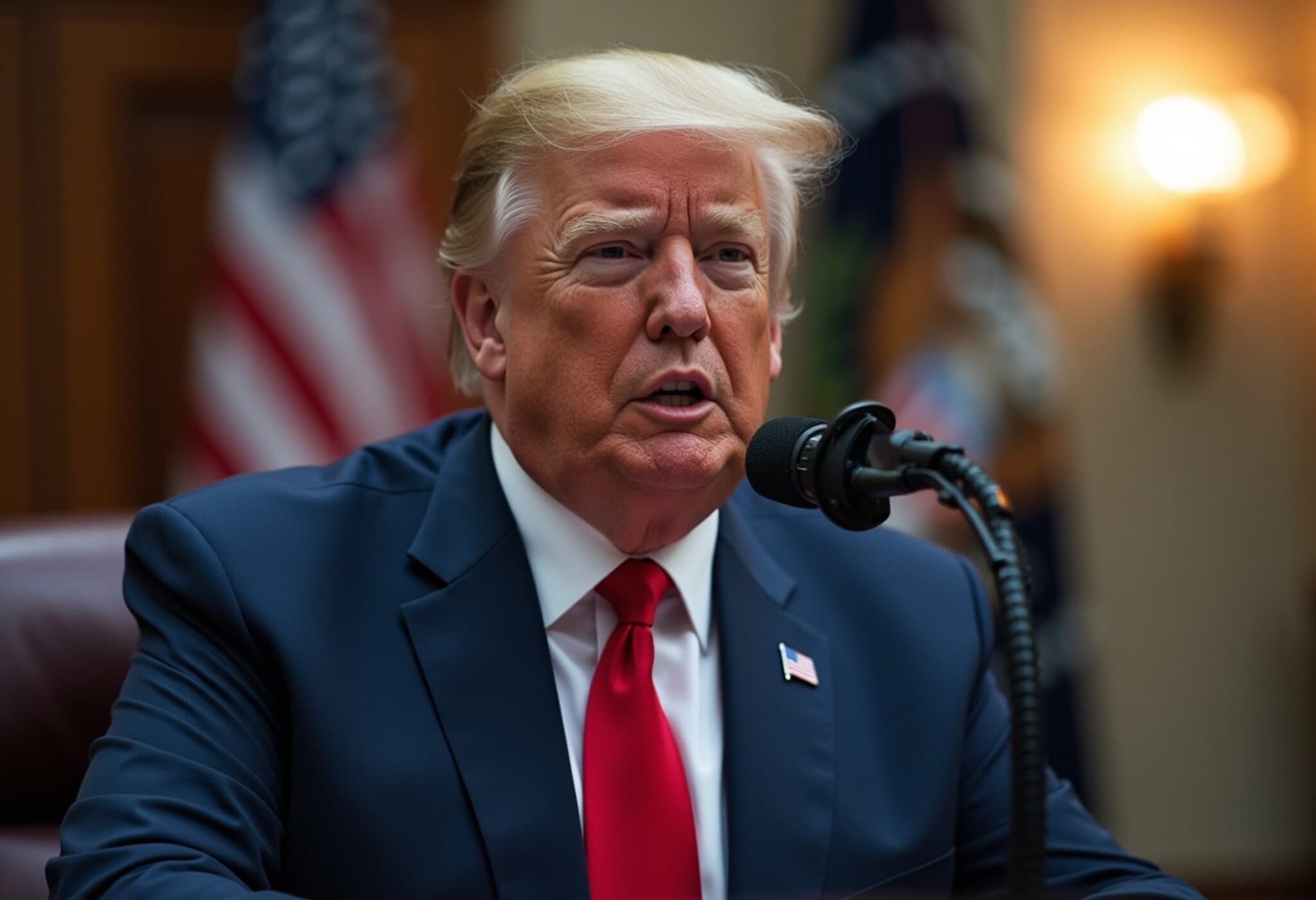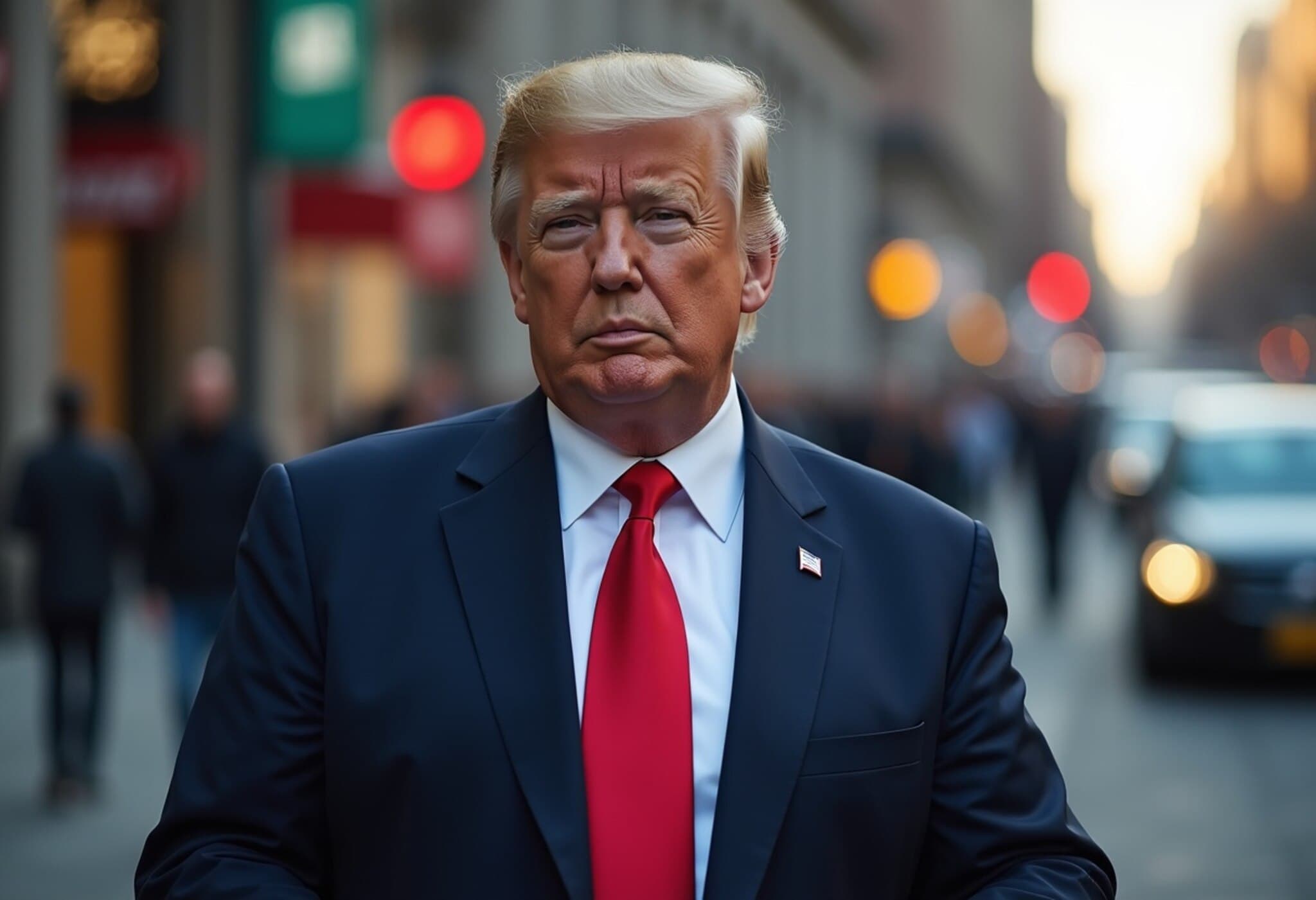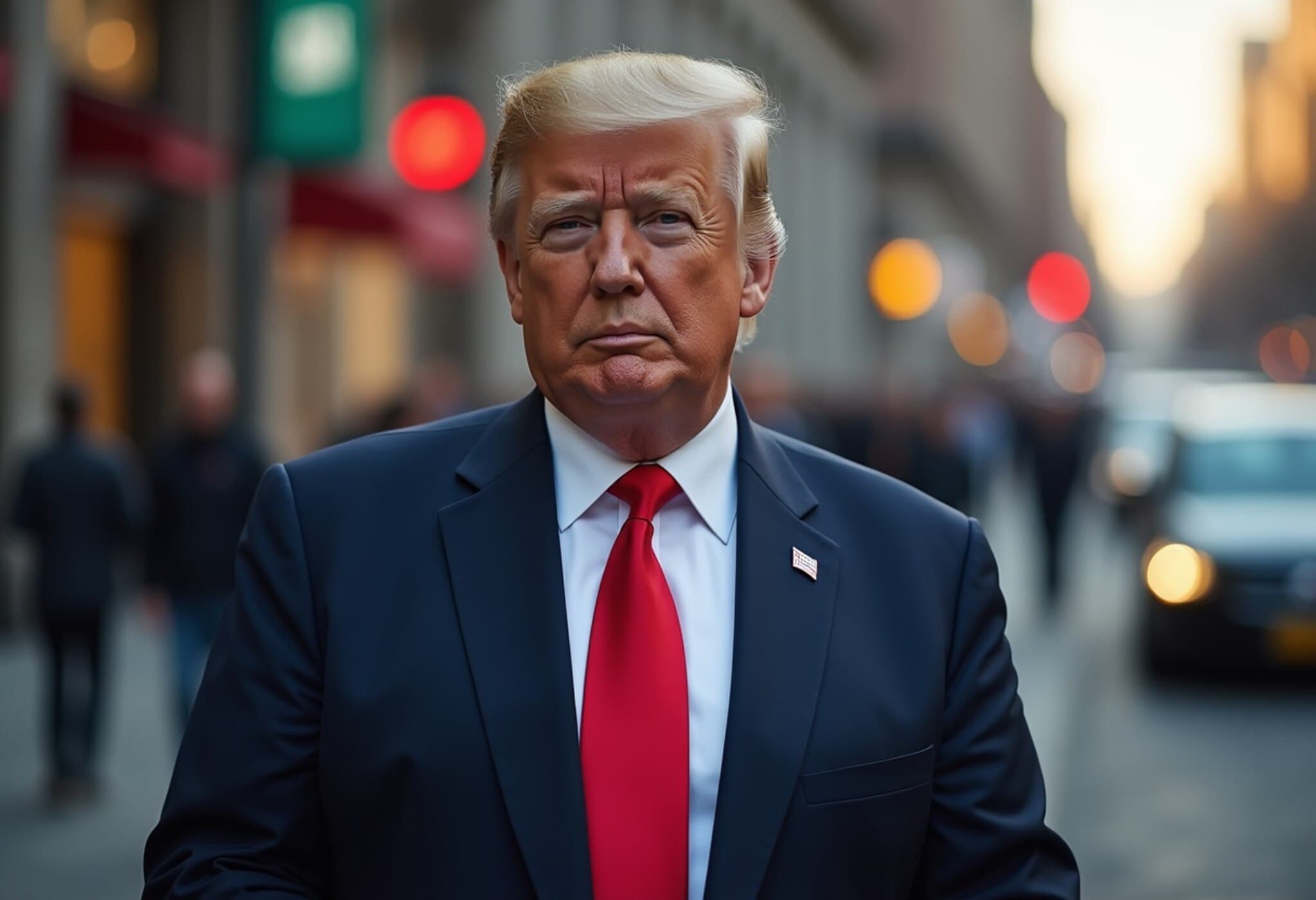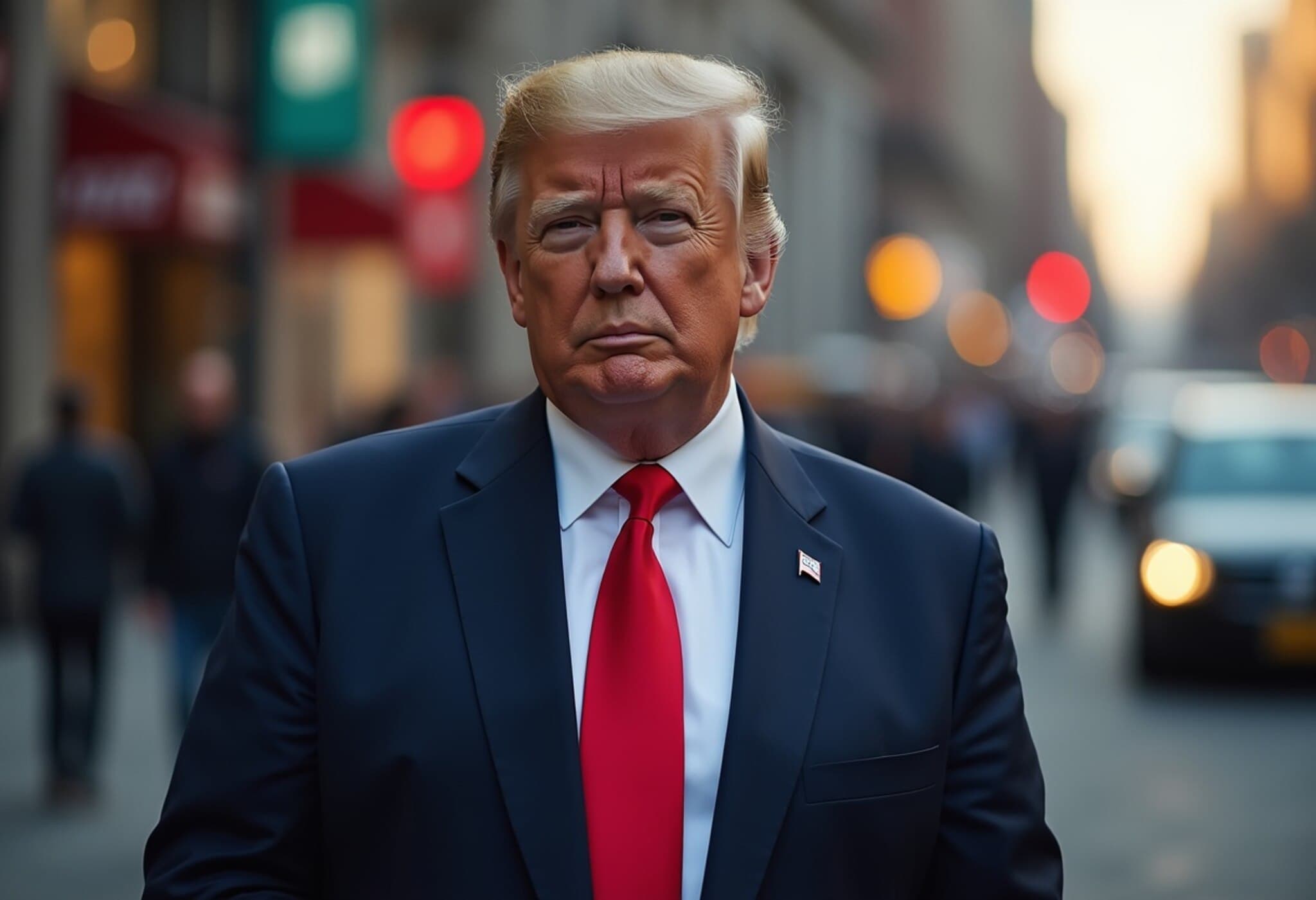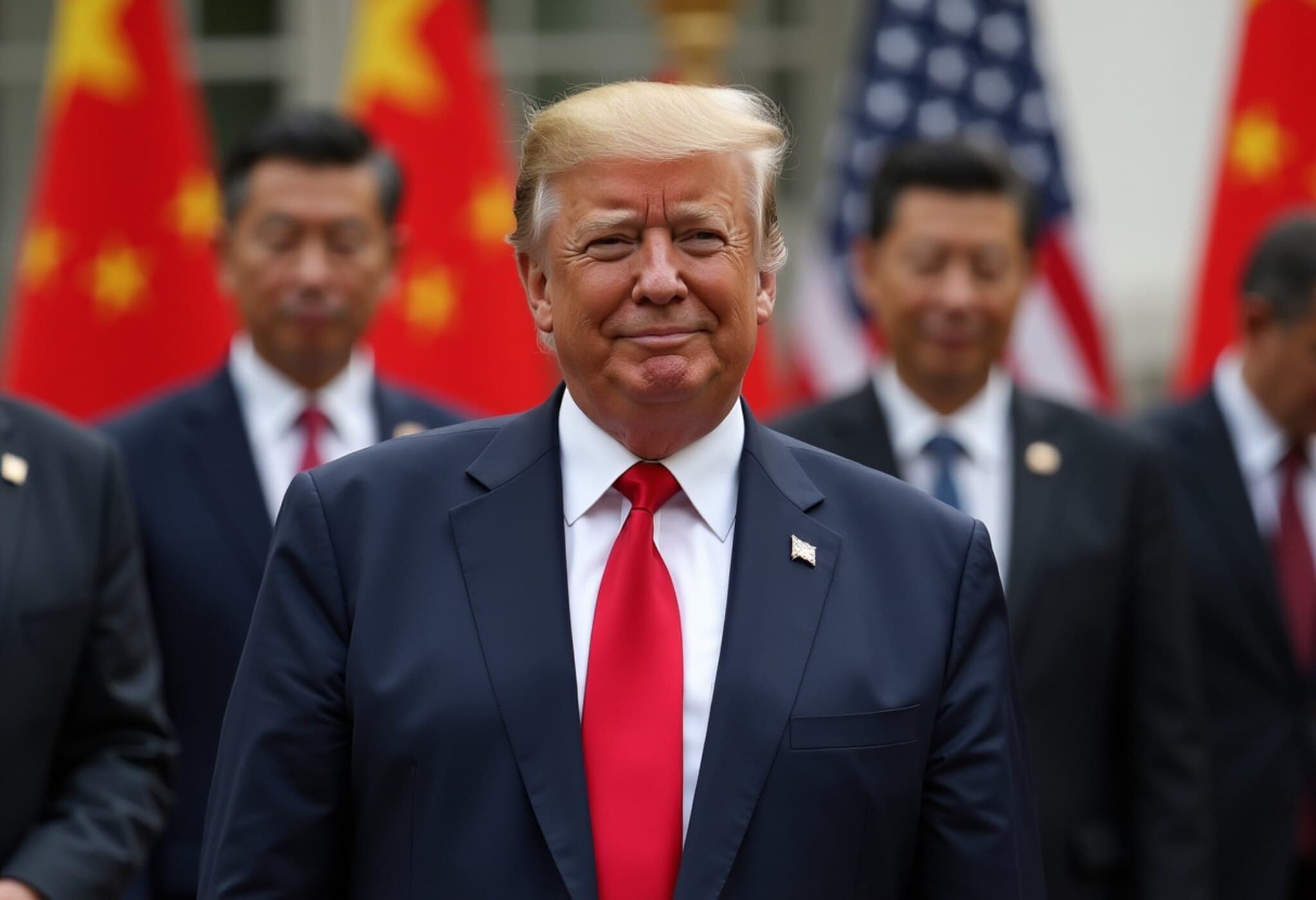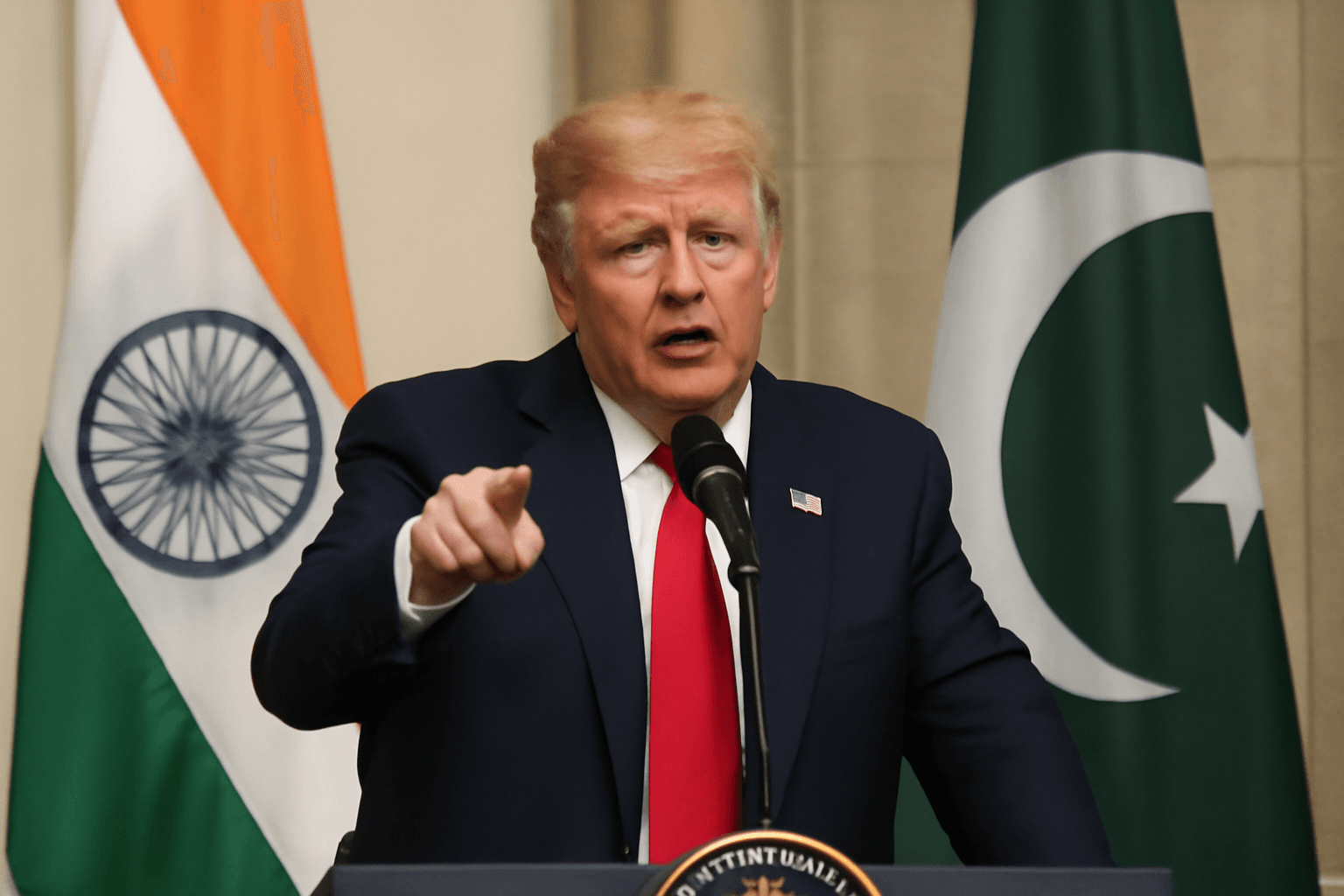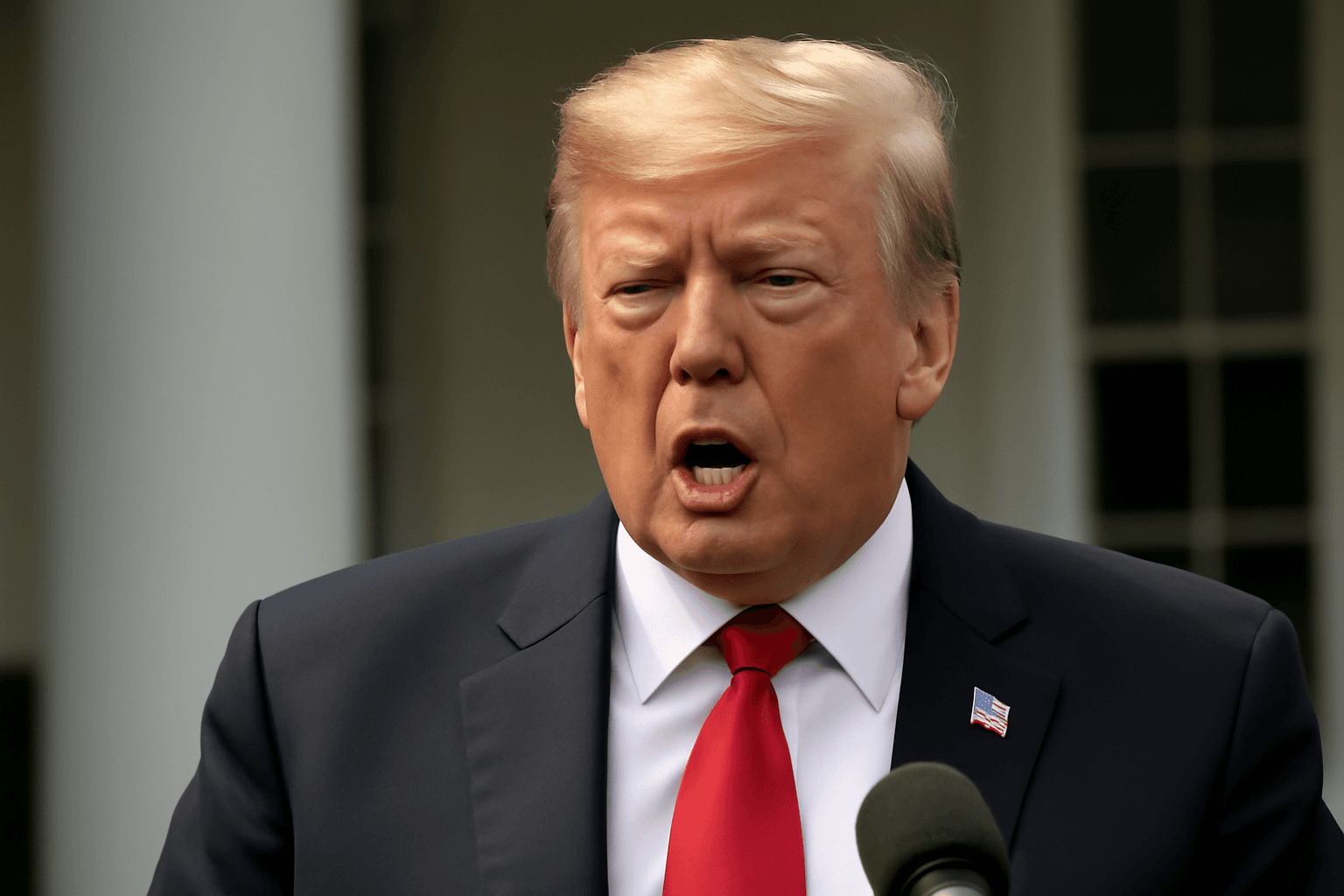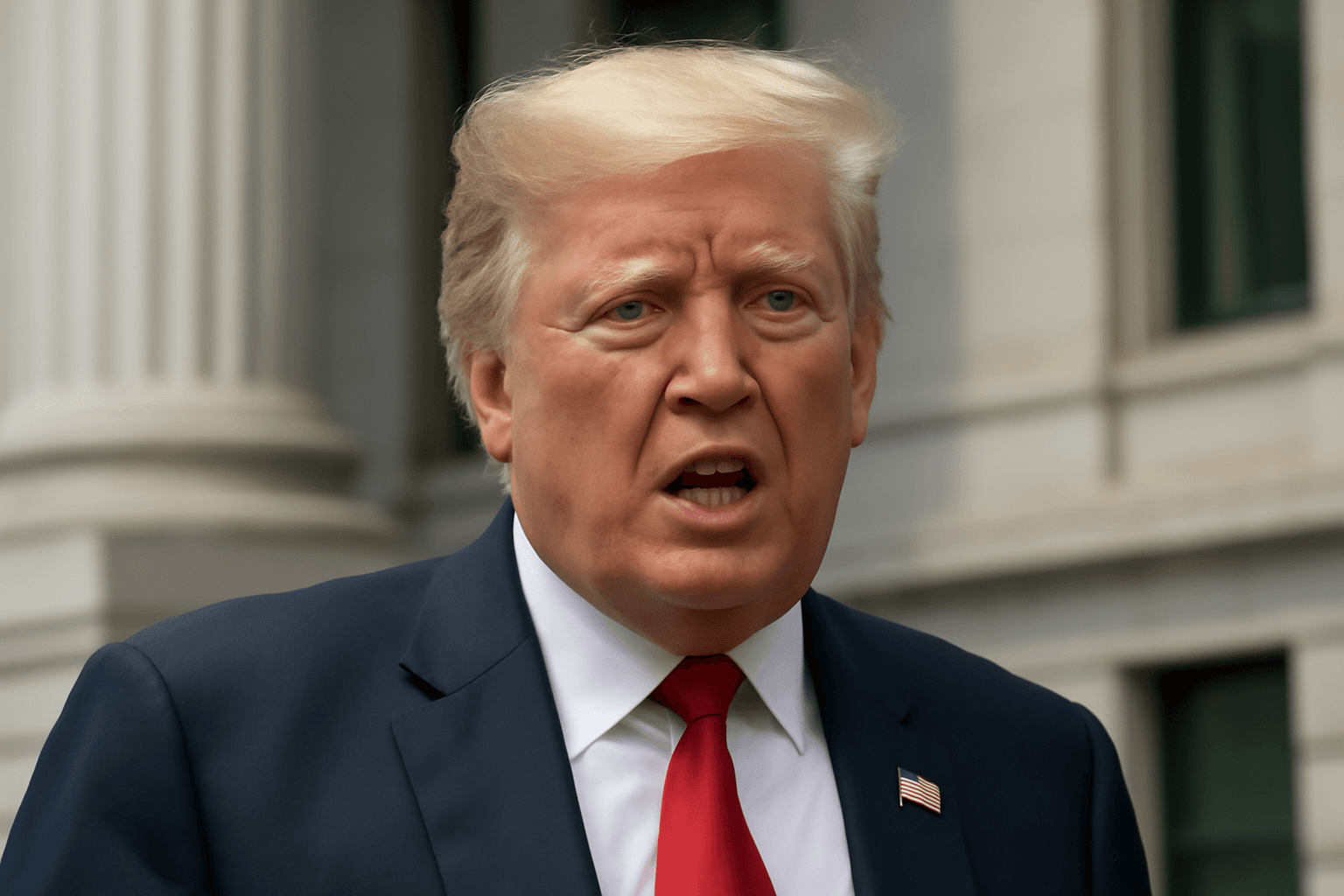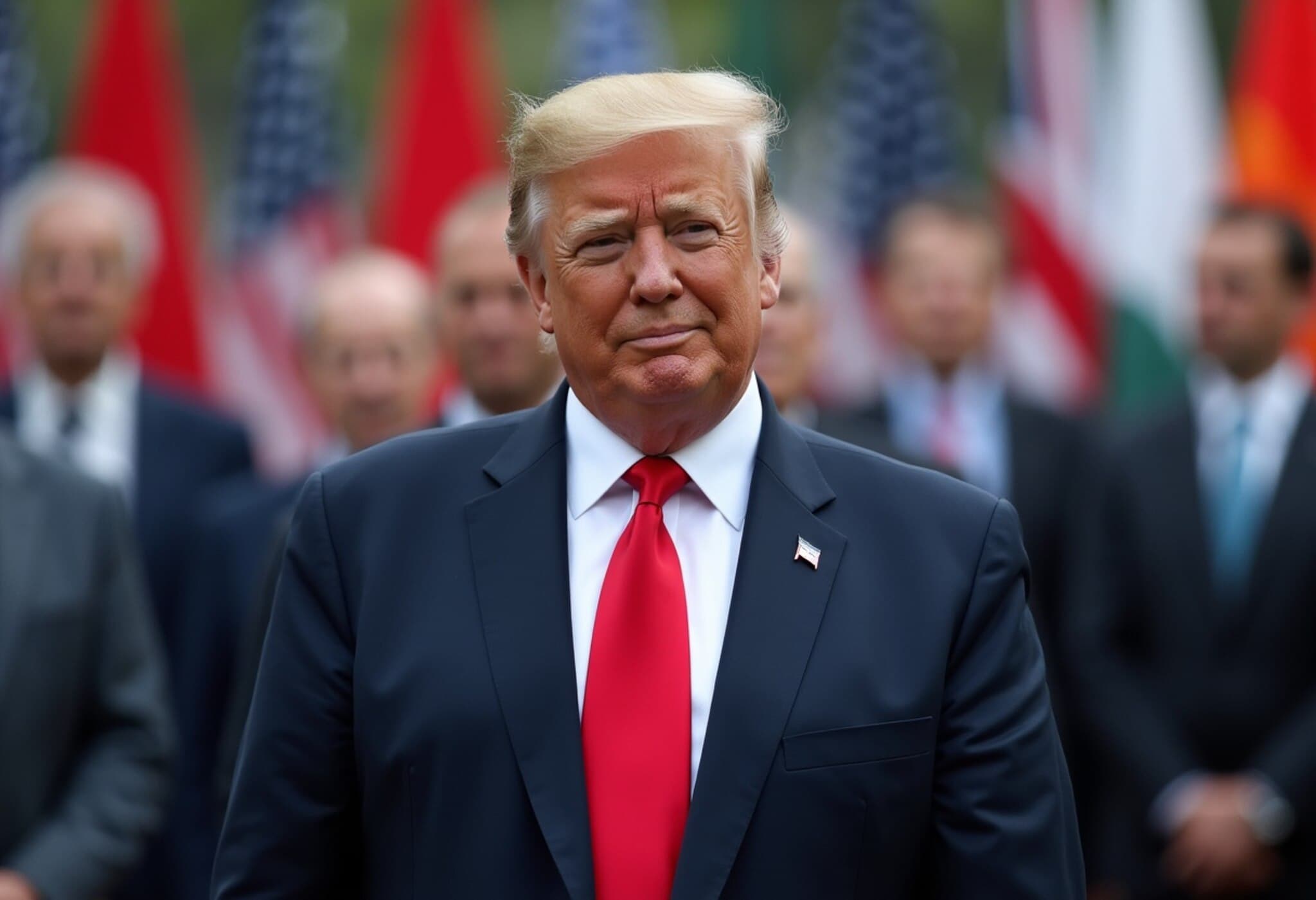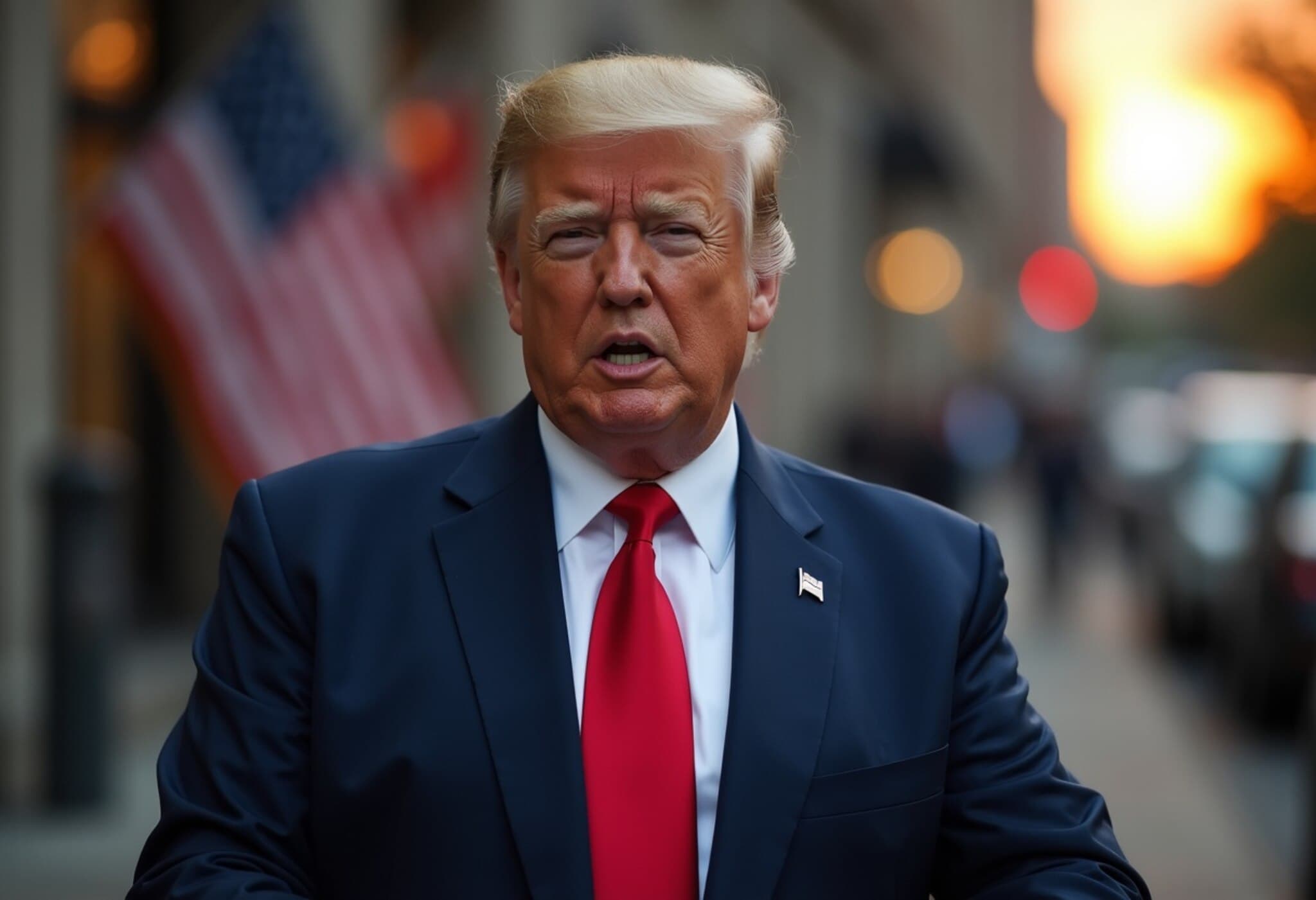Trump Expands Tariff Measures to Seven Additional Countries
In a bold escalation of America's trade policy stance, former President Donald Trump announced on July 10, 2025, new tariff impositions on seven countries: the Philippines, Sri Lanka, Brunei, Algeria, Libya, Iraq, and Moldova. These measures, consisting of import duties ranging from 20% to 30%, are set to come into force starting August 1, intensifying the administration's effort to leverage bilateral trade negotiations.
Context and Details of the Tariff Notices
The latest round of tariff notifications, communicated through formal letters addressed to the leaders of the respective nations, continues the Trump administration's assertive approach of applying unilateral tariff threats to compel trade partners toward what it describes as "fairer" deals. This move closely follows earlier tariff announcements earlier this week, reflecting a persistent strategy to address perceived trade imbalances.
Notably, some countries have seen their tariff rates adjust from initial proposals: Sri Lanka's tariff rate was reduced to 30% from an earlier 44%, while Iraq's was lowered from 39% to 30%. Conversely, the Philippines faced an increase in tariffs from 17% to 20%. Such adjustments reflect ongoing negotiation dynamics and the administration’s attempt to calibrate pressures to maximize leverage.
Trump's Trade Strategy: Overview and Implications
Back in April, President Trump introduced a baseline tariff of 10% on almost all U.S. trading partners but reserved the right to impose higher rates on select countries, originally slated for implementation on July 8. This deadline was postponed to August 1, providing a limited window for countries to respond or engage in negotiations. The letters warn that tariffs could intensify if countries retaliate or fail to meet U.S. demands.
During a public event, Trump defended these tariffs as "a matter of common sense," citing persistent trade deficits as justification. He further hinted at forthcoming tariff notices targeting other important countries, including Brazil, signaling an expansion of this trade pressure tactic.
Underreported Dimensions and Regional Impact
While these tariff announcements have largely focused on Asian and developing nations, it's vital to examine how such measures affect the global supply chain and economic stability. For instance, countries like Sri Lanka and the Philippines, heavily reliant on exporting goods to the U.S., may face economic setbacks, which could ripple through regional markets and affect employment.
Moreover, the pressure to "relocate manufacturing to the United States" embedded in the letters speaks to a broader U.S. industrial policy objective aiming to reshore production. However, this goal raises critical questions about the feasibility for developing countries and the potential consequences on global manufacturing ecosystems.
Trade Relations with Major Partners and the EU Outlook
Amid these decisive moves, attention is focused on the ongoing dialogues between the U.S. and other significant trade partners, especially the European Union (EU). The EU has yet to receive such tariff warnings, and high-level discussions continue with a view to finalizing an agreement "in the coming days," according to EU officials. Diplomats expect the European Commission to continue negotiations up to August 1, seeking exemptions for vital sectors such as aerospace, spirits, and cosmetics.
Trump himself suggested that the U.S. might soon send the EU a tariff letter, signaling a potential broadening of trade tensions. The unfolding scenario places the administration under significant pressure to formalize more trade agreements, following recent deals with Britain and Vietnam and a temporary tariff truce with China.
Sector-Specific Levies and Legal Challenges
In addition to country-specific tariffs, this administration has pursued sector-focused duties targeting industries like steel, aluminum, and automobiles. Recently, Trump announced prospective levies on copper and pharmaceuticals, with proposed rates reaching up to 50% for copper and an extraordinarily high 200% for pharmaceutical products. Such sweeping tariffs could disrupt supply chains for critical industries and provoke complex geopolitical and economic ramifications.
These tariff measures continue facing legal scrutiny within the U.S. judicial system, with various stakeholders challenging their imposition and scope on several grounds, ranging from constitutional authority to international trade law compliance.
Expert Insight: Navigating the Complex Terrain of US Tariff Policies
Trade policy specialists warn that this aggressive tariff stance, while aimed at correcting trade deficits and stimulating domestic manufacturing, risks alienating key allies and destabilizing global markets. The uncertainties introduced by sudden tariff hikes can discourage investment and complicate supply chain planning, especially for countries still recovering from recent global disruptions.
Moreover, the geopolitical consequences are notable. By singling out countries like Iraq and Algeria, traditionally less involved in major trade disputes, the administration signals a willingness to recalibrate global trade relations significantly. This approach could incentivize some countries to diversify their economic partnerships away from the U.S., recalibrating international alliances.
Looking Ahead: What to Watch
- Negotiation outcomes with the European Union and potential tariff exemptions for sensitive sectors.
- The impact of high pharmaceutical tariffs on global health supply chains and drug prices.
- Responses from targeted countries and the possibility of retaliatory measures.
- Legal challenges' progression and their implications for the administration’s trade authority.
Editor’s Note
As the United States intensifies its tariff strategy, balancing economic nationalism with global trade realities becomes increasingly challenging. While the drive to protect domestic industries is understandable, the broader implications for international relations, market stability, and consumers—both in the U.S. and abroad—deserve close scrutiny. Readers are encouraged to consider how these unfolding trade tensions might influence economic opportunities and geopolitical dynamics in their regions.

